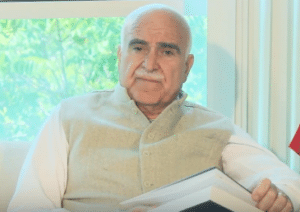A timeline of laser eye surgery history
MOST PEOPLE HAVING LASIK TODAY ARE YOUNGER THAN THE IDEA OF LASER EYE SURGERY ITSELF
Researchers have explored surgical techniques to treat refractive errors for more than a century. LASIK is the culmination of that work.
According to Statistica, the number of LASIK eye surgeries in the US in 2015 was approximately 596,000. Until 2020, they expect that number to increase to nearly 720,000 per year.
Laser eye surgeons have performed over 14 million LASIK procedures in the United States. Worldwide, 40 million people have had laser eye surgery.
The story of LASIK is long. This timeline will send you back through history to learn the highlights.
2016
The FDA (Federal Drug Administration) approves VisuMax SMILE (pioneered by Carl Zeiss Meditec), the least invasive form of single-laser vision correction to date.

2007
The FDA approves bladeless flap-making system called IntraLase (now marketed as iLASIK). Other bladeless “all-laser” systems followed, including zLASIK, Femtec and VisuMax.

2003
Custom LASIK becomes widely available in the world

2002
The FDA approves the first customized wavefront-guided LASIK vision correction application

2001
LASIK vision correction becomes the most common elective surgical procedure

1999
The FDA approves first excimer laser for LASIK

1991
LASIK correction performed under FDA clinical trials

1989-90
First LASIK performed in Italy (Lucio Buratto) and Greece (Ioannis Pallikaris)

1989
The FDA commences a trial of the excimer laser. Marguerite MacDonald (a New York-based surgeon) performed the first human refractive laser eye surgery on a sighted eye in 1989. The procedure was called PRK.

1983
Scientists explore the use of excimer lasers on cow’s corneal tissue. Stephen Trokel, a New York-based surgeon, becomes the first ophthalmologist to recognize the significance of the excimer laser for use on human eyes.

1975
IBM first produces the excimer laser, but the laser has a history of its own starting in 1917 with the work of Max Plank’s quantum theory.

1970
Svyatoslav Fyodorov, a Russian scientist, develops RK, a method of relaxing the cornea with cuts to change its shape. After the emergence of laser-based procedures, RK is now rare.

The 1960s
Ruiz, a Barraquer disciple, further develops Barraquer’s procedure by introducing a non-freeze technique called in-situ keratomileusis (the “I” in LASIK) to allow him to access the treatable area with a microkeratome (a mechanical lathe). The procedure became known as ALK.

1950
Jose Barraquer, a Spanish ophthalmologist, working in Colombia first develops the concept that sculpting corneal tissue can correct refractive errors. Without access to lasers, Barraquer developed a procedure he coined Keratomileusis (which is the “K” in LASIK) in which he would remove the patient’s corneal disk, freeze it, reshape it with a lathe, thaw it, and suture it back on the patient’s eye.

